After a landlord has listed their property online, the next step is to have potential tenants fill out a rental application form. A rental application form is a type of pre-screening that is done before the formal credit and background checks. An online rental application helps landlords gather the necessary information on the tenant and make an informed decision about whether to move forward with them as a candidate for the unit.
Read on to learn more about what to include on your rental application form, or jump to the sections below:
Marketing. Applications. Leases. Payments.
Why Is It Important to Have a Rental Application Form?
Rental applications save landlords time and money by weeding out undesirable tenants. Though the background and credit checks reveal telling details about tenants’ histories, they may not be necessary if something alarming comes up on the rental application form. In order to make sure landlords get all the necessary information up front, there are several things they should be sure to include on their rental application template:
1. Contact Details and Household Information
The first section to include in an online rental application is contact details for the applicant. This should include the emails and phone numbers for each person applying for the rental. It is important to make sure you know the exact number of people looking to move into the rental. For example, some landlords don’t want couples living in studio apartments or multiple families living in a four-bedroom house.
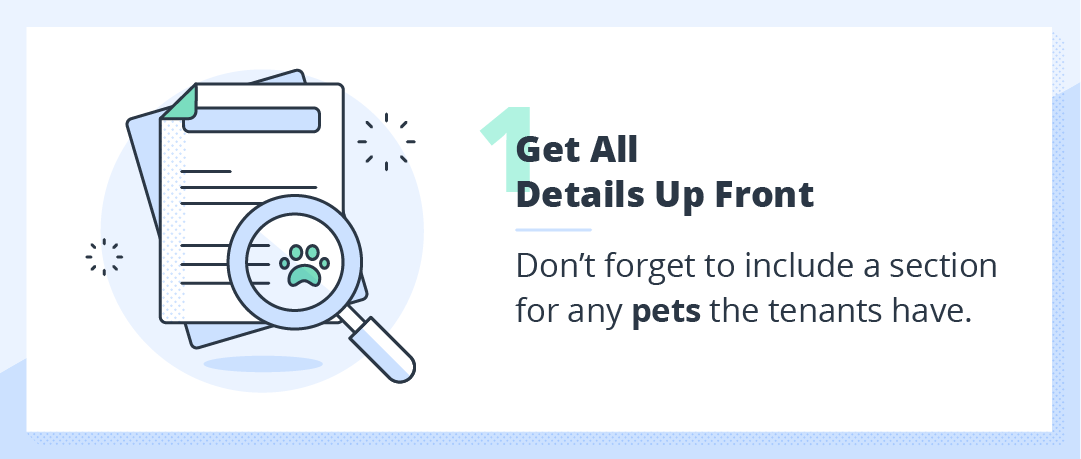
2. Rental History
The next section on a rental application template should be a detailed rental history for each applicant. Most landlords like to cover rentals for the past three to five years. Tenants should fill out past addresses, when they lived there and any issues that arose while living there. Issues to note include any drastic actions such as withholding rent or initiating a lawsuit against the landlord. Tenants should also provide names, phone numbers and email addresses for their previous landlords.
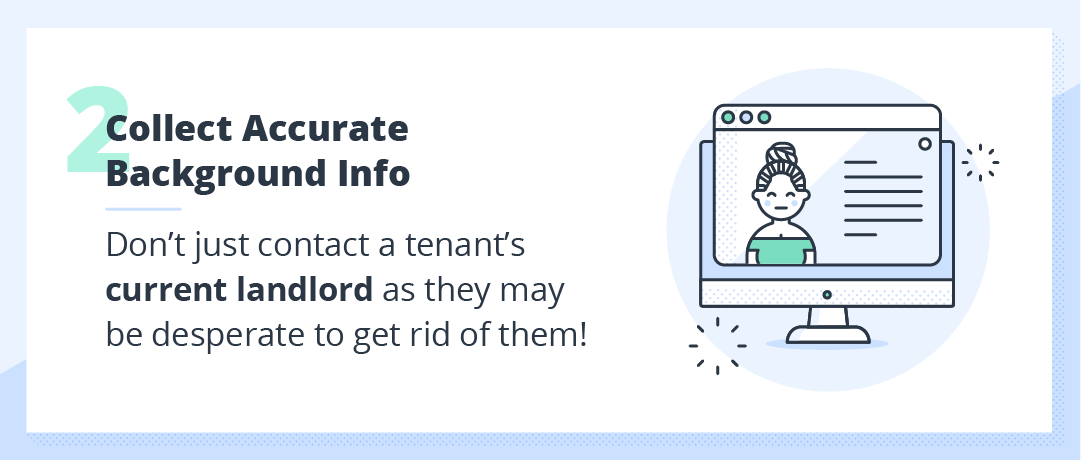
3. Employment and Proof of Income
One of the most important steps in an apartment rental application form is for the tenant(s) to prove that they will be able to keep up with monthly rent. Most landlords require pay stubs to verify the applicants’ monthly income. If the applicants themselves are students, unemployed or don’t make enough per month, landlords will require a cosigner to ensure their portion of the rent is paid. Some landlords may also want employment history along with employer contact information. Employers will often be able to give an accurate account of the tenant’s reliability.
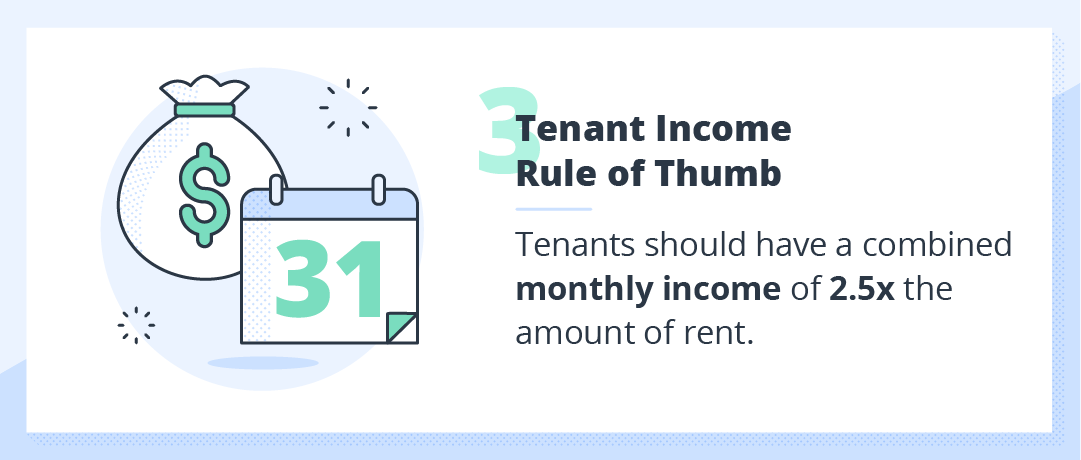
4. Permission to Run Background Checks
After the rental application is filled out, the landlord will usually run tenant background and credit checks. It is important for landlords to be granted explicit permission on the online rental application to run these types of checks. In most cases, tenants will be required to pay for the checks and so will be aware that the landlord is looking into their criminal and credit histories. Still, this is digging quite far into someone’s personal history and they will need to provide the landlord with proper authorization.
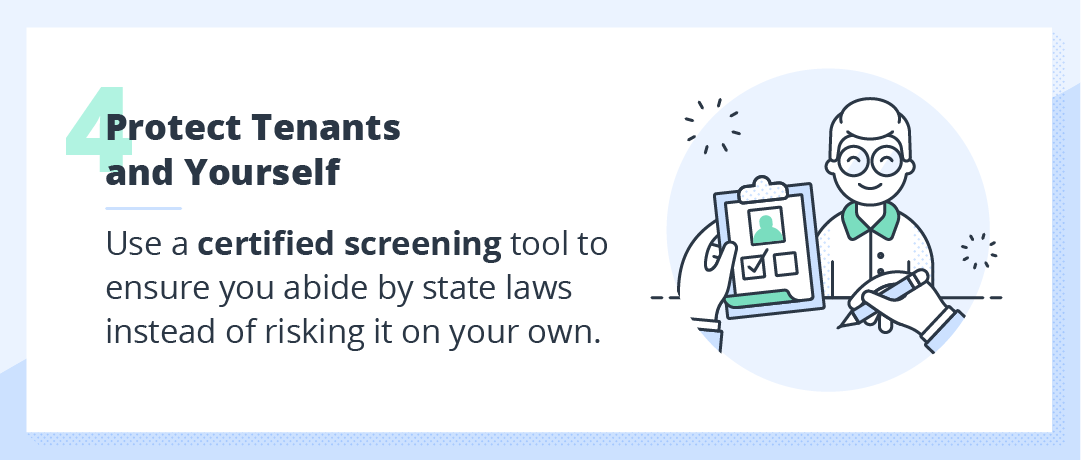
5. Screen for Red Flags
In addition to the questions above, there are a few more “red flags” that landlords should be sure to cover on their rental applications. These types of questions help landlords save time because they will determine if the background check is even necessary.
Have You Ever Been Evicted?
For obvious reasons, a “yes” answer here would be a definite red flag. Of course, you should give the tenant a chance to explain what the situation was but in general, this application should be denied. Landlords may want to contact the former landlord in question if the tenant is otherwise promising.
Have You Ever Been Convicted of a Felony?
This is an issue that would be revealed in the tenant’s background check, but if the tenant is upfront about their criminal history, the background check will not be necessary. Most landlords prefer not to rent to ex-convicts, but it is up to the individual landlord to decide if this is a dealbreaker.
Have You Ever Purposely Withheld Rent?
Again, most landlords are not going to want to deal with a tenant that has exhibited contentious behavior in the past. If they can explain that the reason was legitimate, you might continue to consider them, but a rental history fraught with issues will just mean a headache for the new landlord.
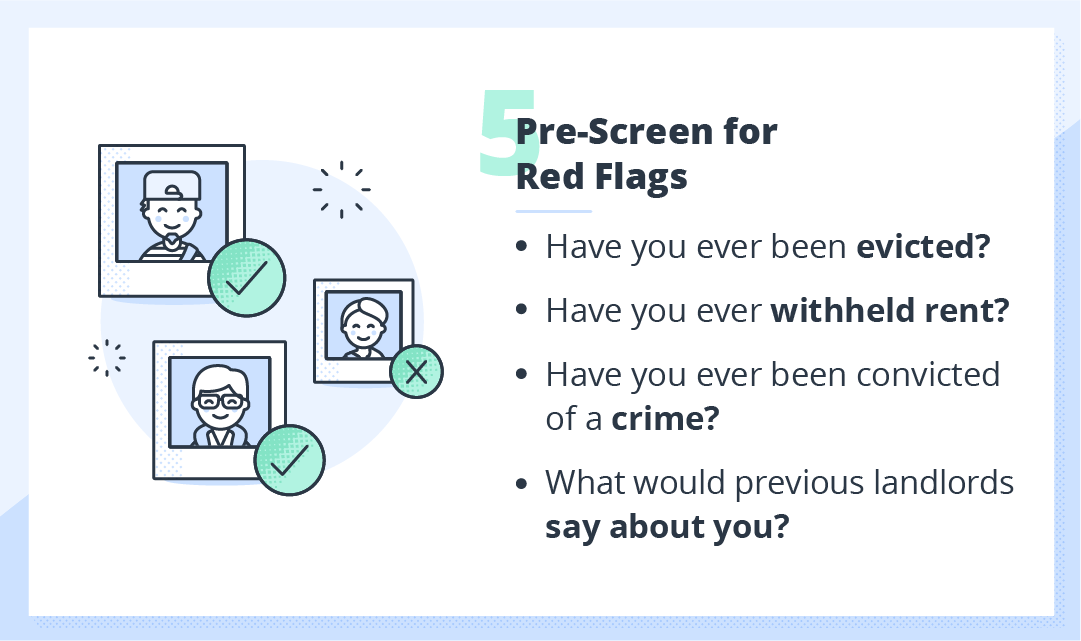
Online Rental Application FAQs
Below are a few of the most commonly asked questions when it comes to putting together a rental application template.
Are Rental Application Forms Required?
No, rental application forms are not required but are strongly recommended. If a landlord is renting to family or friends, they might not feel the need to have potential tenants fill out the form, but in general, this is an essential resource in finding the best tenants.
Are There Free Rental Application Forms?
Yes! TurboTenant offers free accounts for landlords to manage their listings and rental applications.
Where Can I Find a Rental Application Template?
If you sign up for TurboTenant’s landlord account, you will have access to our rental application template. You can also purchase it in our landlord forms pack.
How Long Does It Take to Process a Rental Application?
The processing time for rental applications depends on how thorough you want to be. If you decide to call the applicants’ employers and their last two landlords, it will take longer than a quick scan for red flags. In general, most landlords spend about one to three days processing a new rental application.
By creating a thorough rental application template, landlords can save themselves time and stress by weeding out “red flag” candidates from the start.
